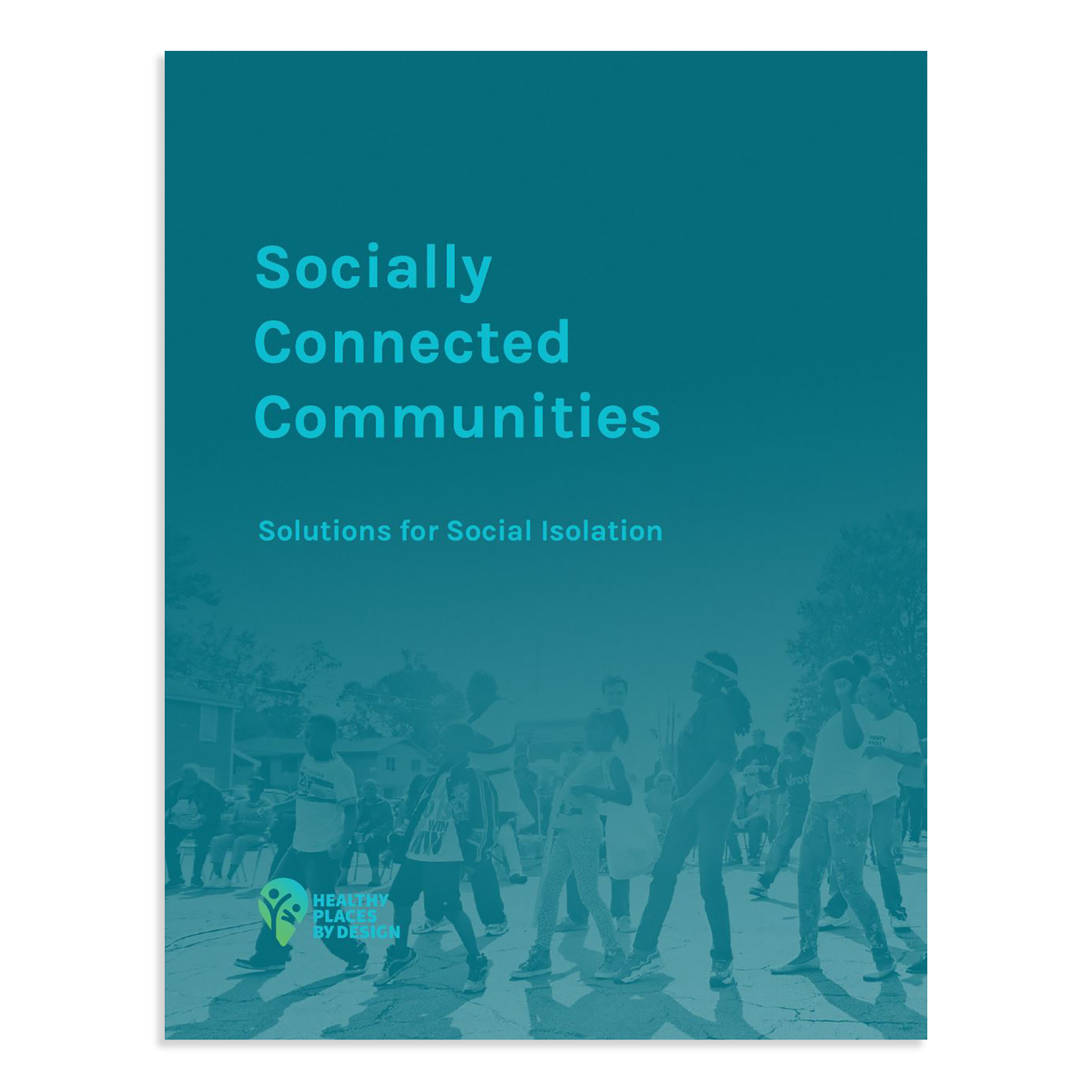 Social isolation is not a personal choice or individual problem, but one that is rooted in community design, social norms, and systemic injustices.
Social isolation is not a personal choice or individual problem, but one that is rooted in community design, social norms, and systemic injustices.
In recent decades, people in the United States and around the world have experienced soaring rates of social isolation, with profound impacts on health and well-being. Far from being a personal choice, social isolation stems from community designs and systemic injustices that keep people and neighborhoods apart. We must reshape our communities in ways that support meaningful social connection among residents, improve trust between neighbors, and strengthen an overall sense of belonging and community. From architects to educators, faith leaders to health providers, local governments to grantmakers—we all can play a part in creating opportunities that build relationships between neighbors, improve trust, and foster an overall sense of community.
Socially Connected Communities: Solutions for Social Isolation
Socially Connected Communities: Solutions for Social Isolation offers five recommendations for creating socially connected communities, starting with public spaces, transportation, and housing.
The efforts that contributed to this report began in 2017 when the Robert Wood Johnson Foundation (RWJF)’s Global Ideas for U.S. Solutions team invested in an initiative to better understand social isolation and how to address it. In 2020, Healthy Places by Design partnered with RWJF to manage and lead a Social Isolation Learning Network, in which participants from diverse places and organizations candidly shared their efforts to reduce social isolation. Wishing to share what they had learned more broadly, participants in the Social Isolation Learning Network and Healthy Places by Design co-created this report.
Action Guides
During Heathy Places by Design’s two-decade history of supporting community partnerships across the United States, we’ve seen that efforts to create community-led change are more effective when residents have local government leader support (from multiple sectors) and investments (of resources and partnerships) from philanthropic organizations.
To support this need, we developed complementary Action Guides that local government leaders and grantmaking organizations can use as tailored supplements to the Socially Connected Communities report. Future Action Guides may expand beyond these two groups.
Action Guide for Philanthropic Leaders
Action Guide for Local Government and Community Leaders
Healthy Places by Design is profoundly grateful for the generosity and wisdom of each person who contributed to and co-created this report, including those who provided inspiration by sharing their efforts to reduce social isolation; an amazing group of writing advisors who provided additional insights, ideas, feedback, and stories that refined the report; and the Robert Wood Johnson Foundation’s Global Ideas for U.S. Solutions team members, who made these efforts possible.